- Benefits and Environmental Impact
- Key Policy Components and Coverage Areas
- Cost Factors and Premium Considerations
- Insurance Requirements for Eco Friendly Developments
- Risk Management in Sustainable Construction
- Comparison with Traditional Building Insurance
- How to Choose the Right Policy
- Future Trends in Green Building and Insurance
- Case Studies and Success Stories
Green building insurance is an innovative approach to safeguarding eco-friendly developments. As sustainable construction and energy-efficient designs gain traction, insurance providers have created policies designed to cater to the unique features of green buildings. These specialized products typically cover green certifications, energy-saving installations, and environmentally sustainable materials. The focus of green building insurance is not only on risk management but also on supporting environmental initiatives by encouraging sustainable practices in construction and building maintenance.
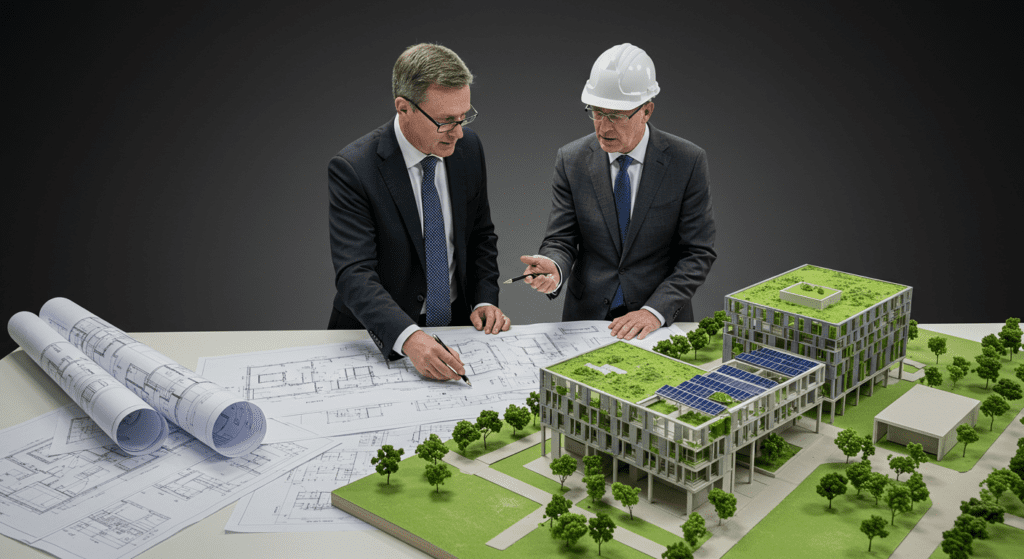
1. Benefits and Environmental Impact
One of the key benefits of green building insurance is that it aligns risk management with environmental responsibility. Insurers recognize that sustainable practices in building design and construction can reduce environmental hazards, such as pollution and resource waste, while also improving energy efficiency. Property owners can often obtain premium reductions due to the lower risk profile associated with green materials and energy-efficient technologies. Moreover, promoting green building practices contributes to a reduction in carbon emissions by supporting structures that are designed with renewable energy sources and materials with lower environmental footprints, setting a powerful example for other sectors in the construction industry.
2. Key Policy Components and Coverage Areas
Green building insurance packages are designed to reflect the specific needs and challenges of eco-friendly developments. Typical policy components may include coverage for energy-efficient systems such as solar panels, energy management systems, and enhanced insulation. Additional coverage areas might cover the cost of replacing or repairing green technology, protection for eco-friendly construction materials, and liability coverage for potential environmental hazards. Insurers may also extend coverage to include specialized risks, such as damage from natural events that could affect the renewable energy systems or the innovative construction elements typical of green buildings. These tailored policies help ensure that green building owners receive comprehensive protection, balancing risk with the benefits of sustainable design.
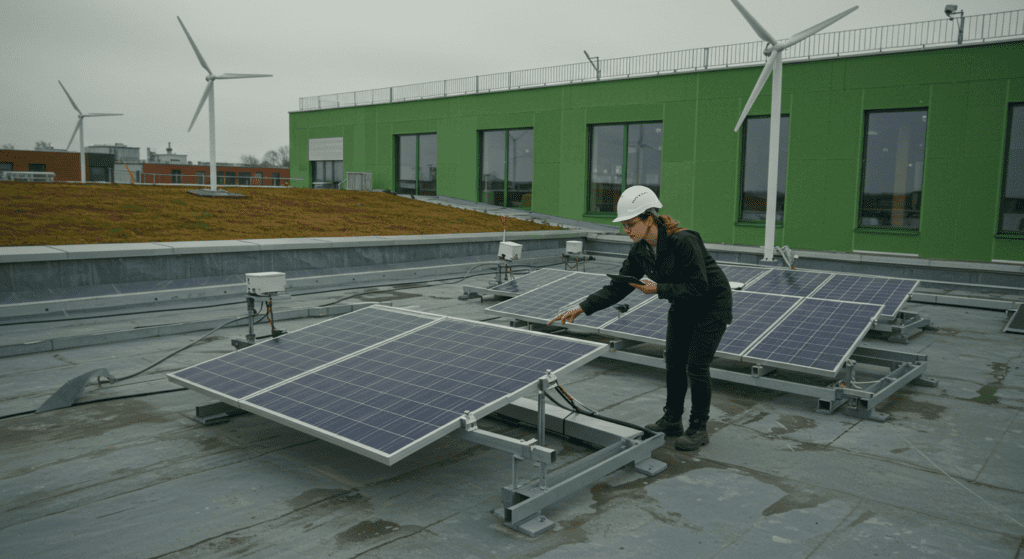
3. Cost Factors and Premium Considerations
The premium structure for green building insurance often differs from that of traditional building insurance. Several factors inform premium rates for eco-friendly developments, including the building’s design, location, and the energy-efficient technologies incorporated. In many cases, green buildings have reduced risks due to improved building materials, lower energy consumption, and enhanced safety mechanisms, which can lead to lower premiums over time. However, additional costs may arise from the advanced technology and materials that are more expensive to repair or replace. Insurers typically weigh these factors by assessing the overall risk and potential environmental benefits during underwriting. As the popularity of green building strategies increases, insurers continue to refine pricing models that reflect both the short-term costs and long-term savings associated with sustainable construction.
4. Insurance Requirements for Eco-Friendly Developments
For developers and property owners engaged in sustainable construction, understanding insurance requirements is critical. Regulatory bodies and lenders may require proof of adequate green building insurance as part of the approval process for eco-friendly projects. This typically entails compliance with local building codes that encourage sustainable practices, as well as demonstrating that the insurance policy covers the specialized risks associated with green technology installations and eco-friendly construction materials. Failure to secure the proper coverage may result in challenges when meeting regulatory requirements, potentially delaying project approvals or even affecting the ability to secure financing. As a result, developers are encouraged to work closely with insurers who specialize in green building to ensure that all necessary requirements are met.
5. Risk Management in Sustainable Construction
Risk management in sustainable construction is a nuanced process that involves assessing both traditional and environmentally specific risks. Green building insurance plays a significant role by addressing concerns such as the performance of renewable energy systems and the durability of eco-friendly materials. Advanced building technologies, while delivering significant energy savings, can also introduce new types of risks that require careful examination. Insurers collaborate with engineers and sustainability experts to evaluate the resilience of green structures, ensuring that any potential vulnerabilities are identified and addressed before policy issuance. Proactive risk management strategies, such as regular maintenance of renewable energy installations and conducting environmental impact assessments, are often included as best practices to complement insurance coverage and enhance the overall sustainability of the construction project.
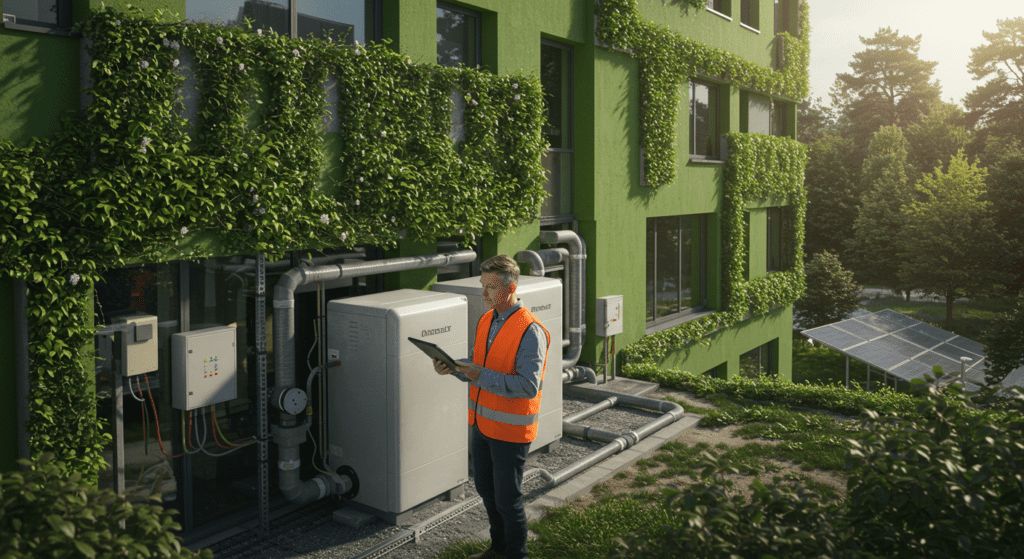
6. Comparison with Traditional Building Insurance
Traditional building insurance often falls short when it comes to specifically covering the unique elements of green buildings. Many conventional policies are designed around standard construction practices and may not extend to cover the advanced materials or energy-saving technologies used in modern sustainable developments. In contrast, green building insurance is tailored to meet the evolving needs of eco-friendly structures. The specialized coverage addresses the added costs associated with repairing or replacing advanced systems and helps mitigate risks specific to innovative construction methods. While traditional insurance policies might cover standard property damage and liability, they tend to overlook factors such as renewable energy system failures or green material degradation, making green-specific policies essential for modern eco-conscious developments.
7. How to Choose the Right Policy
When selecting an insurance policy for green building projects, it is important to consider several key factors. First, consult with insurers who have extensive experience in sustainable construction and a deep understanding of the specific risks involved. Review the policy’s coverage details carefully, ensuring that all green technology and eco-friendly materials are adequately covered. Additionally, compare premium costs and deductibles across different providers, noting any discounts available for incorporating risk management practices, such as energy efficiency installations and proactive maintenance programs. Always verify that the policy complies with regulatory requirements in your area and thoroughly understand any exclusions or limitations in coverage. Choosing the right policy involves balancing comprehensive protection against cost-effectiveness and ensuring that the policy evolves alongside your building’s sustainable initiatives.
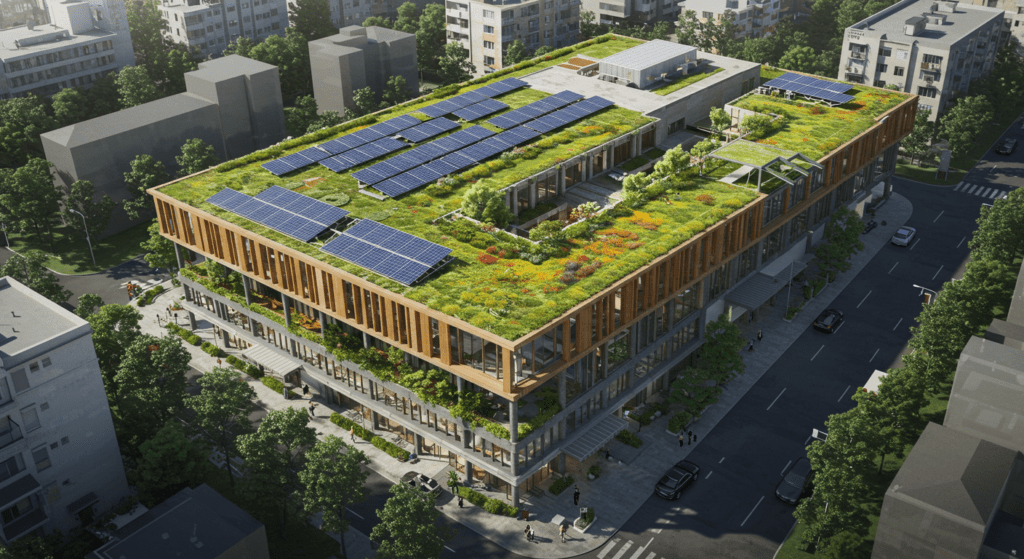
8. Future Trends in Green Building and Insurance
The future of green building and associated insurance products looks set to evolve rapidly as environmental concerns become central to construction practices worldwide. Advancements in technology, such as smart building systems and innovative energy harvesting solutions, will continue to reshape the landscape of risk management in sustainable construction. Insurers are likely to invest in data analytics and predictive modeling to better assess the unique risks associated with green technologies, further personalizing underwriting processes. Additionally, as governments introduce stricter environmental regulations and sustainability mandates, the market for green building insurance is expected to expand significantly. This evolution will propel the development of new insurance products that not only provide risk coverage but also incentivize green practices, aiding in the global transition toward a more sustainable future.
9. Case Studies and Success Stories
Several successful green building projects have benefited significantly from tailored insurance solutions. In one notable case, a commercial office complex built with renewable energy installations and advanced green materials was able to secure coverage that minimized downtime and handled repairs effectively after a natural disaster. The insurer’s specialized policy covered the replacement of damaged solar panels and allowed for quick restoration of energy efficiency. In another instance, a residential development featuring energy-efficient designs and rainwater harvesting systems reportedly enjoyed lower insurance premiums compared to traditional counterparts. These case studies underscore the practical benefits and financial incentives of choosing green building insurance, demonstrating that sustainable construction can achieve both environmental and economic success when paired with the right risk management plans.
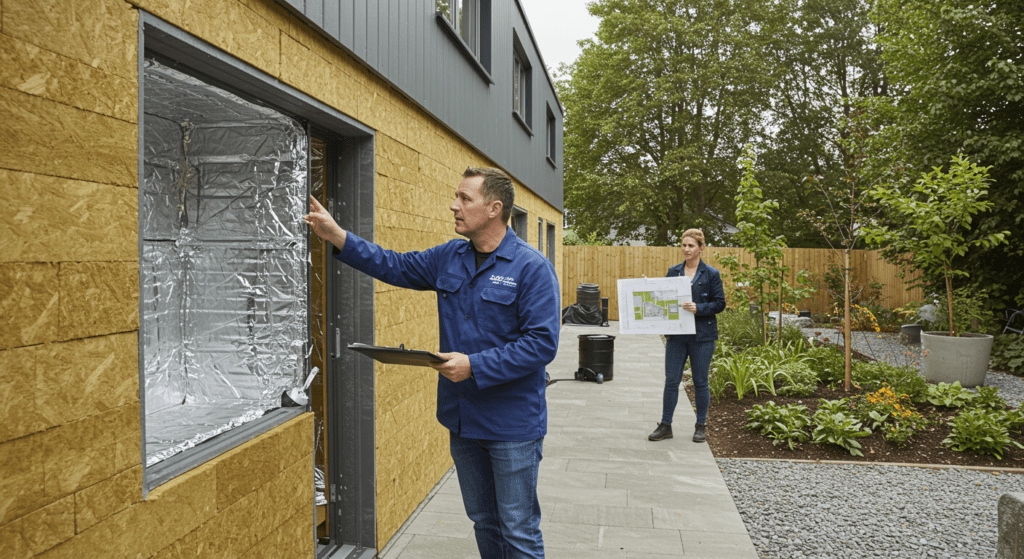
Conclusion
In conclusion, green building insurance represents a forward-thinking approach to both environmental sustainability and risk management. The specialized coverage not only supports the growing trend of sustainable construction but also offers tangible benefits, including premium discounts, comprehensive protection for green installations, and faster recovery from unforeseen events. Key policy components such as renewable energy system protection, eco-friendly material coverage, and tailored risk assessments ensure that the unique challenges of green construction are well managed. With regulatory requirements likely to tighten in the coming years, securing the appropriate insurance is increasingly essential for developers and property owners committed to eco-friendly projects. As technology and sustainable practices continue to evolve, so too will insurance products, offering even more refined coverage options designed to meet the challenges of a greener future. Through proactive risk management and innovation, green building insurance is paving the way for a resilient, environmentally responsible construction industry that will benefit both property owners and the planet at large.
